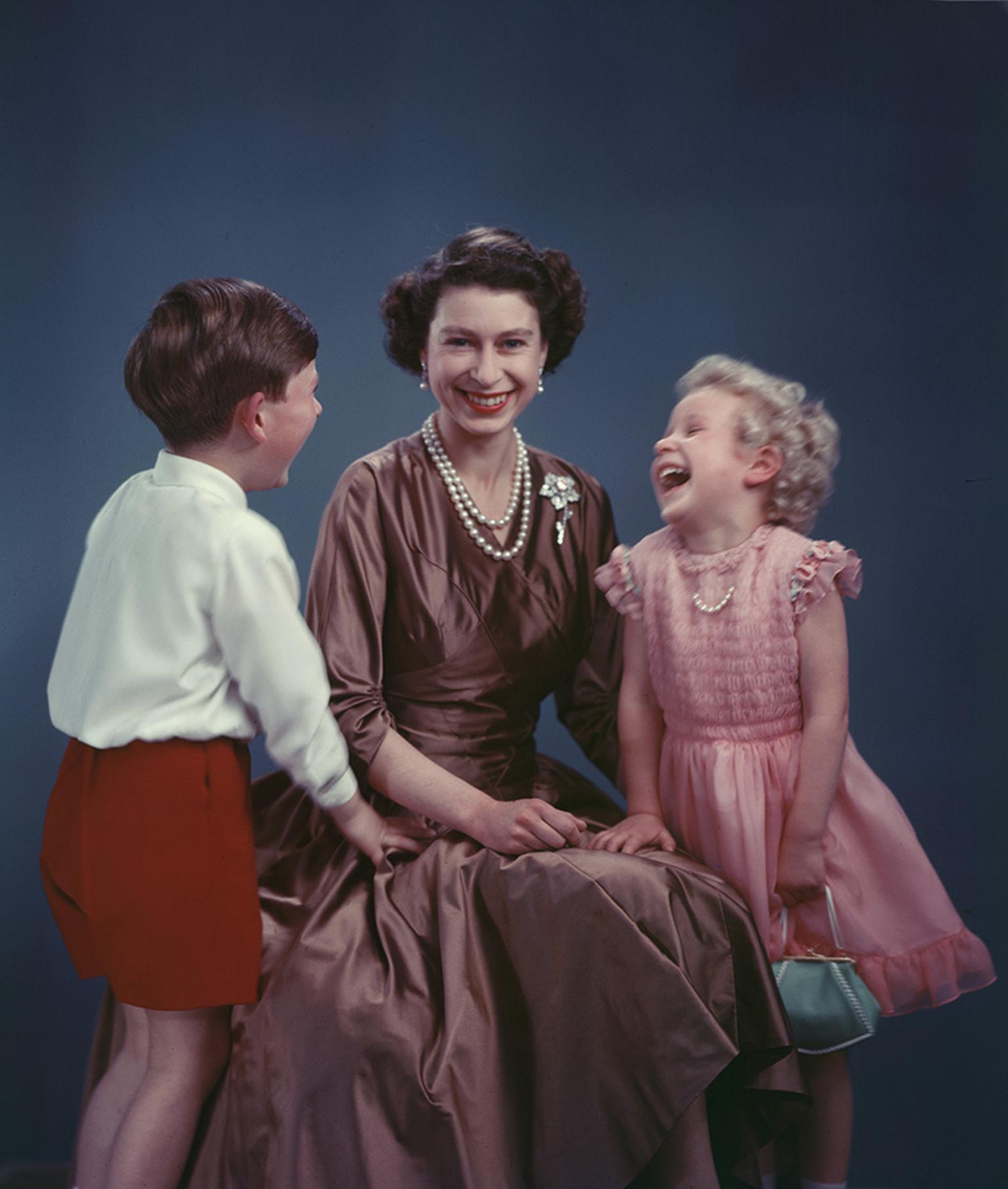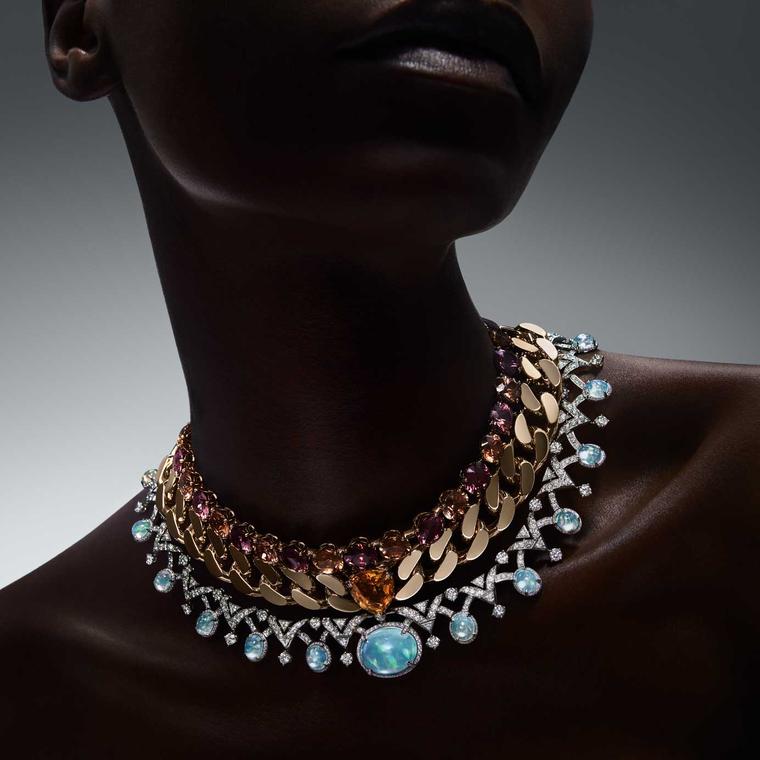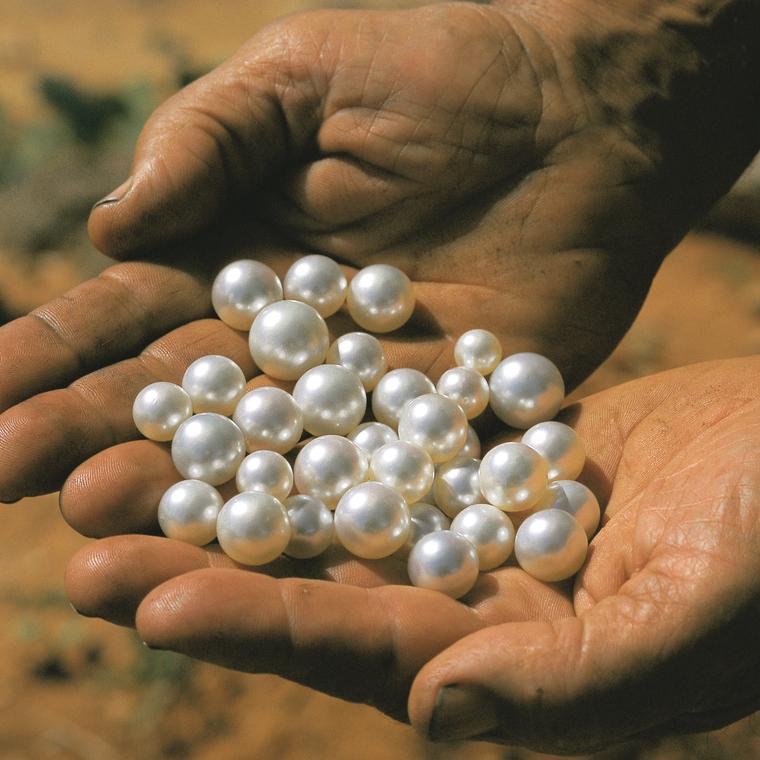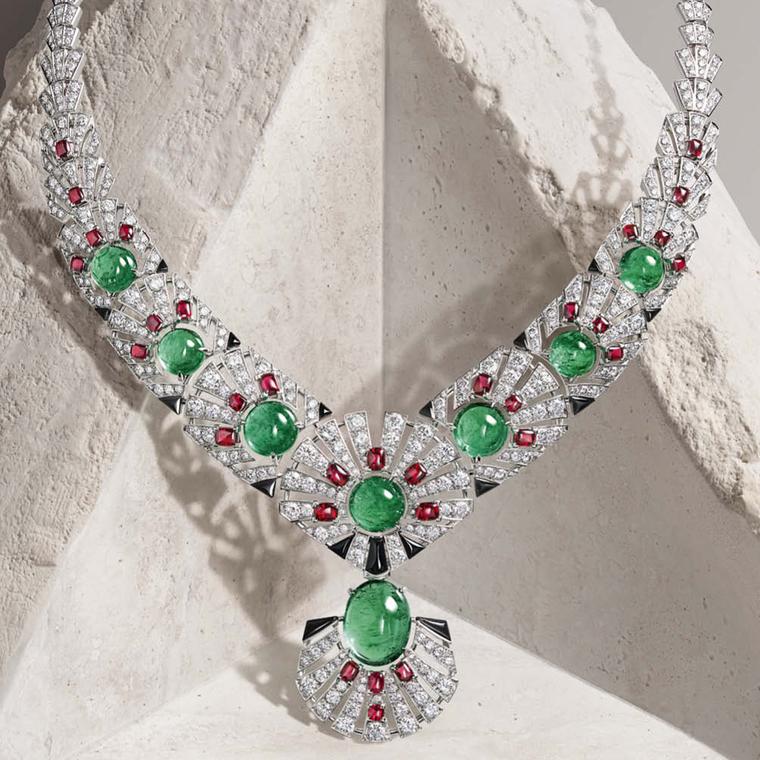
The Queen wore a mix of the regal Crown Jewels as well as her own jewels. These jewels sit in two categories. The first category is the Crown Jewels that are property of the Crown and are sacred and ceremonial objects of immeasurable value and historical worth. The second category is the Queen's personal collection that makes up the vast majority of the jewels that she has worn during her lifetime.
Read more about the Queen's jewels here
Who owns the Crown Jewels?
The Crown Jewels are held in trust and are passed from ruler to ruler, meaning King Charles III is now the owner of the 100 Crown Jewels that are kept in the Tower of London. The Crown Jewels are the ceremonial jewels that are worn at State Occasions and notably the Coronation Regalia. They include St Edward’s Crown (1661), the Imperial State Crown (1937), the Sovereign’s sceptre with Cross (1661) and the Sovereign’s orb (1661). These jewels are symbols of the sovereignty of the ruler and the nation’s most precious treasures.
The Imperial State Crown (below, right), the Sovereign’s sceptre (below, left) and orb are currently adorning the Queen’s coffin during her lying-in-state in Westminster Hall. They will remain there for the State Funeral and the Committal service on Monday 19th September 2022.

Three different crowns featured in the Queen’s coronation in June 1953. They were in order of appearance: the Diamond Diadem, St Edward’s Crown and the Imperial State Crown. St Edward’s Crown and the Imperial State Crown are part of the Crown Jewels but the Diamond Diadem belongs to the Queen’s personal collection of jewels.

The Queen wore the Diamond Diadem (above) on her way to her coronation as well as to every State Opening of Parliament of her reign. This is the crown the Queen wears in postage stamps bearing her image, instantly recognisable around the world. The Diamond Diadem was made by Rundell, Bridge & Rundell, in 1820. The rose, thistle and shamrocks represent England, Scotland and Ireland and are set with 1,333 diamonds.

Who owns Queen Elizabeth II’s jewels?
Queen Elizabeth II’s own jewels were her property. The collection is the most magnificent collection of jewels in the world. The collection has been amassed over 400 years, passed down the generations with jewels from many different branches of the family from the Stuarts to the Hanovers. The jewels range from Queen Elizabeth I’s Medici pearls to fabulous Imperial Russian jewels. The jewels are priceless not only because of their historical provenance that reaches back to the 16th century, but the quality and unique nature of each piece.
Where are the Queen's jewels kept?
The 400 or so tiaras, rings, necklaces and brooches are rich in history and of incalculable value. They are stashed 40 feet under Buckingham Palace in a converted air raid shelter with an alarm connected to the palace’s own police station.

Among the highlights of the Queen’s jewels are the brooch with two Cullinan diamonds (above): the pear-drop Cullinan III that weighs 94.4 carats and the square-cut Cullinan IV of 63.3 carats. The Cullinan V (below) and VII were also set into brooches by her grandmother Queen Mary.

The most famous of the 50 tiaras owned by the late Queen are the Diamond Diadem, the Girls of Great Britain and Ireland (below), the Lover’s Knot tiara (worn by both Princess Diana and the Duchess of Cambridge), the Greville tiara (worn by the Duchess of Cornwall) and the Fringe tiara. Several of these, including the Fringe and Kokoshnik tiaras, can be converted into necklaces

Who will inherit the Queen’s jewels?
It is likely that these jewels will be passed down to members of the Windsor family and if the Queen follows tradition, she will leave the majority of them to the next monarch, which in this case is King Charles III. But as the Queen’s will is private, there may be some surprises. Who has inherited which jewel will be keeping royal watchers keenly looking out for their re-appearance. One of the most valuable jewels in the Queen's collection is the Nizam of Hyderabad necklace (below) given to her as a wedding present by the Nizam.

The Queen had already given some of her jewels to her sons' wives: Camilla, Kate and Meghan. Kate, the new Princess of Wales, wears Princess Diana’s engagement ring and she chose a pearl and diamond brooch given to her by the Queen for the Cathedral service at Westminster for the lying-in-state.
If tradition prevails, most of the Queen's personal jewels will be passed on to King Charles III and Queen Camilla. It is speculated that Catherine, Princess of Wales will also receive some of the jewels as she will eventually be Queen.












